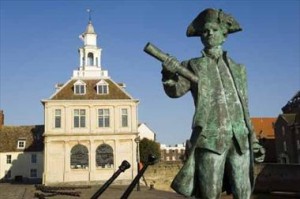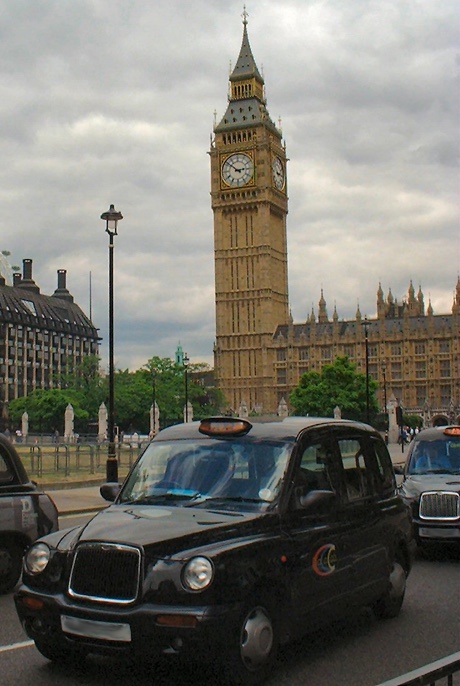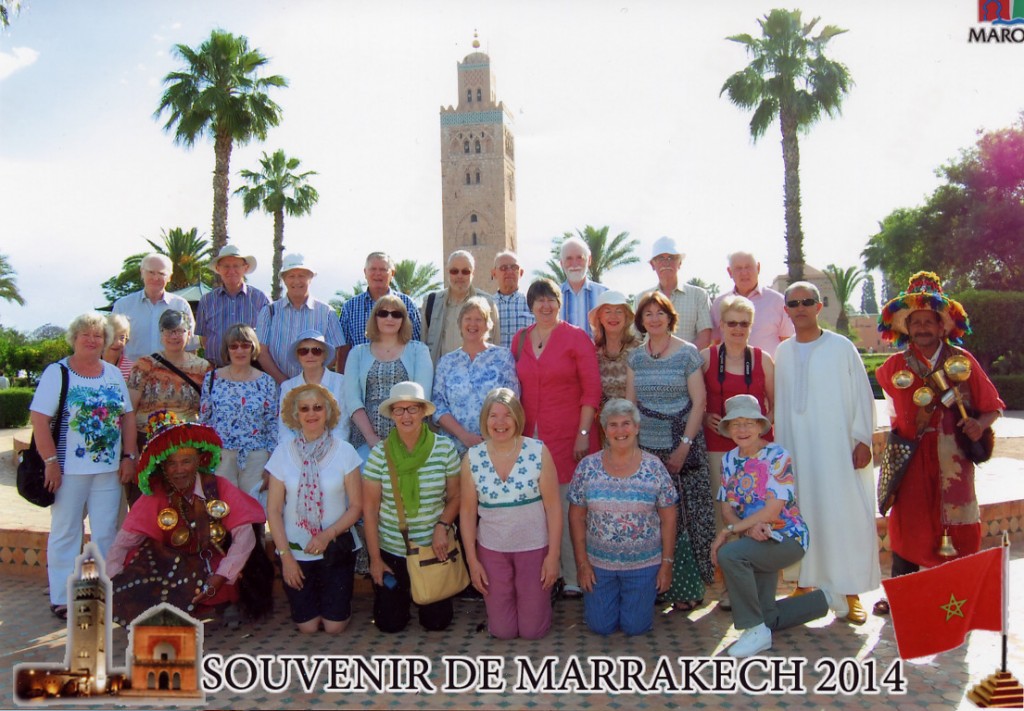Australia was never top of my list for a place to visit, partly because of the exhausting flight, and partly because I love history and I still look upon Australia as being ‘new’. Not to mention all the men were chauvinists, weren’t they?
But if I wanted my first two novels, Annie’s Story and Juliet’s Story, to feel authentic I was going to have to visit at least Melbourne and Sydney. And it would be a great opportunity to find out more about my grandparents who emigrated to Australia in 1913, the same year as the fictitious Annie.

Much as I was tempted to follow in their footsteps and go by sea, I knew that wasn’t really practical, especially when travelling with my incredibly-easily sea-sick sister, Carole. We decided to see as much of the country as we could fit in over the four weeks we’d allowed ourselves, so we booked the Ghan from Darwin. Named after the Afghan cameleers who once traversed this route, the Ghan, regarded as one of the world’s greatest rail journeys, followed a fabulous route through the centre of Australia to Adelaide, stopping at various places of interest along the way. More train journeys took us to Melbourne. This was where my grandparents disembarked.
Luckily, Carole had teamed up with June, a very nice lady, and they toddled off sight-seeing while I delved into the family history. My dad’s cousin, Jean, had told me my grandparents had married in England just before they left, but I seemed to remember Nana saying they were merely engaged, and had to be segregated on the ship. This turned out to be the case, and I excitedly left the Births, Deaths, and Marriages building in Melbourne clutching their marriage certificate. From there I found where they lived, where my grandfather worked as a waiter at the Hotel Esplanade at St Kilda, and that at one point they moved to Sydney. They returned to Melbourne, and finally, after seven years, went back to England.
Everyone who helped me track them down seemed almost as thrilled as I was to find another piece of the jigsaw puzzle, and Carole and June were suitably amazed when I told them all I had discovered over dinner.
Following my grandparents felt as though I was actually following Annie and her new husband, Ferguson, in Annie’s Story, as all the parties were of a similar age. Soaking in the Oz atmosphere and culture really helped to bring to life both novels, and the greatest surprise for me was that I fell head over heels in love with the country and its people. And without doubt the men! I can’t wait to go back, but unfortunately Kitty, in Book 3, doesn’t go. However, she does travel to Cairo, Naples and Rome, but that’s another story!
Annie’s Story will be published 20 April 2015









